Full Name Mahlon Loomis Role Dentist Name Mahlon Loomis | Education Doctor of Dentistry Parents Professor Nathan Loomis | |
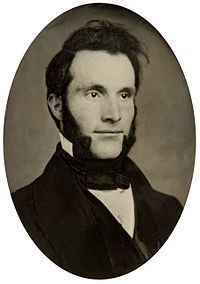 | ||
Known for Inventor of Radio Wireless Telegraphy development Died October 13, 1886, Terra Alta, West Virginia, United States | ||
Resting place Terra Alta Cemetery | ||
Mahlon Loomis (21 July 1826 – 13 October 1886) was an American dentist known for proposing a wireless communication and power delivery system based on his idea of charging a layer of the earth's atmosphere.
Contents
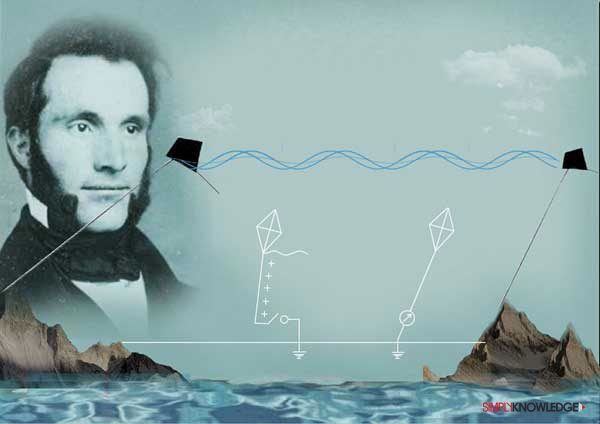
Early history
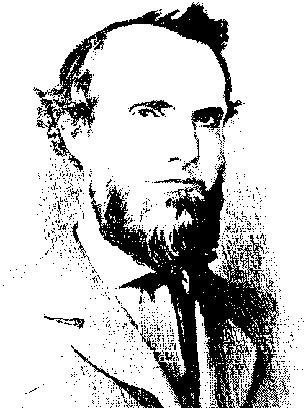
Loomis, a Washington, DC dentist, claimed to have transmitted signals in October 1866 between two Blue Ridge Mountain-tops 14 miles apart in Virginia, using kites as antennas, but without having identified the names of independent witnesses.
Patent
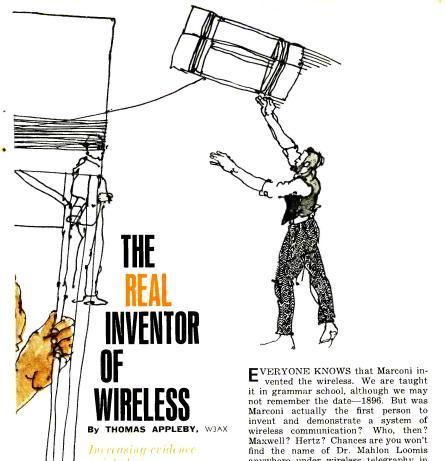
Loomis received U.S. Patent 129,971 for a wireless telegraph in 1872. This one-page patent makes a vague claim about using atmospheric electricity to eliminate the overhead wire used by the existing telegraph systems, but it contains no schematic diagram of how to build it, and no theory of how it might function. Loomis envisioned towers "on the tops of high mountains, and thus penetrate or establish electrical connection with the atmospheric stratum ... to form the electrical circuit."
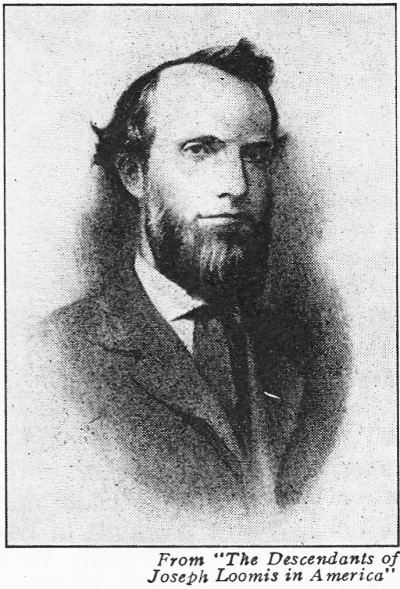
Loomis's patent is substantially similar to U.S. Patent 126,356 received three months earlier by William Henry Ward who applied for the patent on June 29, 1871 when Loomis was actively promoting his idea of using atmospheric electricity for telegraph communication. Ward's patent also contains no schematic diagram. Instead, Ward illustrates and describes towers that rotate into the wind "to drive an aerial current of electricity into the insulated middle portion of the tower, which current passes upwardly through the upper portion of the tower and out through the ventilator or the top... whereby the tower is receiving continually fresh and new supplies of electricity".
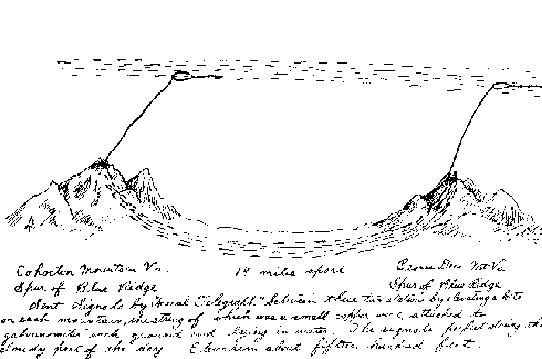
The two patents in some places use almost identical language:
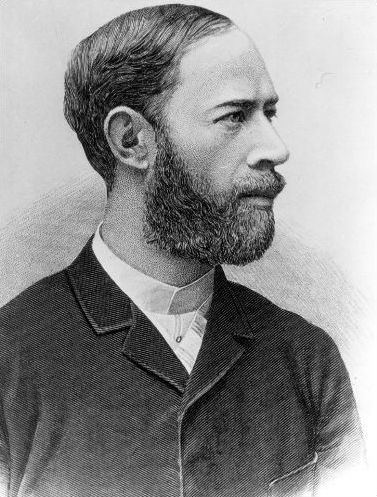
In January 1873, the United States Congress declined to charter the Loomis Aerial Telegraph Co. One congressman, pleading Loomis' case in the House, said, "He entertains a dream, and it may be only a dream, a wild dream that when his proposition comes to be fully applied, it may light and warm your houses...." Loomis, himself, addressed Congress at one point, stating that his proposal functioned by "Causing electrical vibrations or waves to pass around the world, as upon the surface of some quiet lake one wave circlet follows another from the point of the disturbance to the remotest shores, so that from any other mountain top upon the globe another conductor, which shall pierce this plane and receive the impressed vibration, may be connected to an indicator which will mark the length and duration of the vibration; and indicate by any agreed system of notation, convertible into human language, the message of the operator at the point of the first disturbance."
Analysis
Loomis noted that transmission was possible only when the kites were flown to the same altitude above ground, which seemed to confirm his hypothesis that he was completing a DC circuit through layers of the atmosphere that he hypothesized carried such currents. We know now that there is no basis for such a system.
Loomis may have based his hypothesis on an 1839 discovery by German mathematician and physicist Carl Friedrich Gauss of an electrically conducting region of the atmosphere, later called the ionosphere, which has a much higher altitude than that contemplated by Loomis.
One version of the Loomis apparatus used a keyed connection to ground at the transmitting station, and a spark gap to ground at the receiver. Radio frequency transients would have been generated by keying the sky-ground DC potential at the transmitter, and if the kite wires were of the same length (which would have the kites at the same altitude above terrain), the receiving apparatus would have been resonant and able to receive such a signal. This may account for his result—not by tapping into the same layer of atmosphere, but because the wires were the same length.
